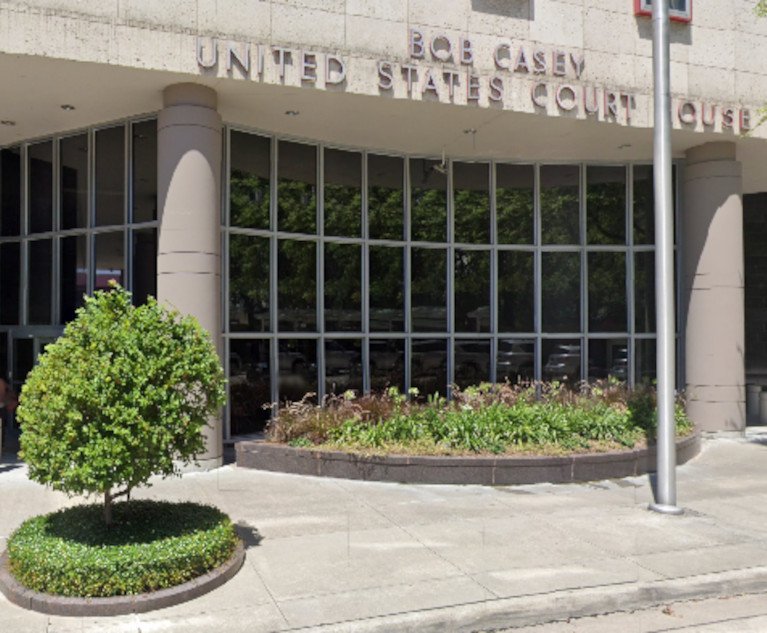As the Republican-controlled Senate clears the path for Judge Amy Coney Barrett to occupy a seat on the U.S. Supreme Court, Democrats have sounded a war cry to retaliate by adding seats to the court if they retake the White House and the Senate. This kind of court-packing would be the final coup de grâce in the current collapse of bipartisan governance in America, and in our two-party system itself. There is an alternative, though, that brings sanity and due process back to the Senate’s constitutional duty to give advice and consent on a president’s Supreme Court nominees. In order to implement an enduring solution, we need to understand how we got to this sorry state.
Partisan gamesmanship over the Supreme Court is nothing new, and the notion of court-packing is not a newly minted idea. As early as 1795, the Senate rejected President George Washington’s nomination of John Rutledge as chief justice on political grounds, despite his superlative qualifications. In 1863, Congress stretched the court to 10 seats to help President Abraham Lincoln appoint judges from the north who would uphold his agenda of preserving the union and ending slavery. In 1866, Congress reduced the court to seven seats to block President Andrew Johnson from filling vacancies with Southern justices, and then increased it to nine again in 1869 to allow President Ulysses S. Grant to appoint pro-Reconstruction justices. And, in 1937, President Franklin D. Roosevelt attempted an audacious court-packing plan to sustain his New Deal, but the Senate shot it down by a wide margin.


 The U.S. Supreme Court building in Washington, D.C., on Wednesday, Sept. 23, 2020. Photo: Diego M. Radzinschi/ALM
The U.S. Supreme Court building in Washington, D.C., on Wednesday, Sept. 23, 2020. Photo: Diego M. Radzinschi/ALM





